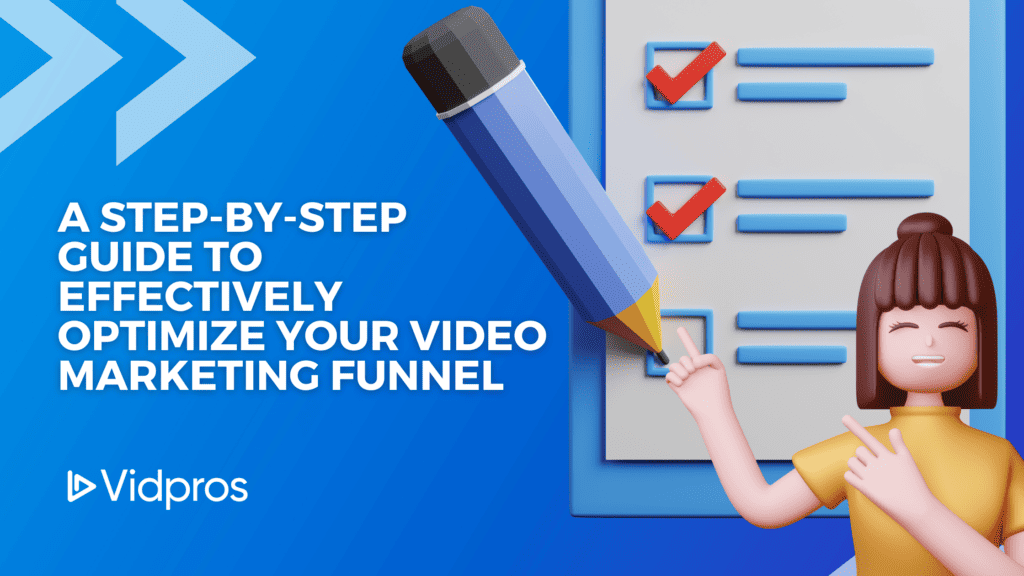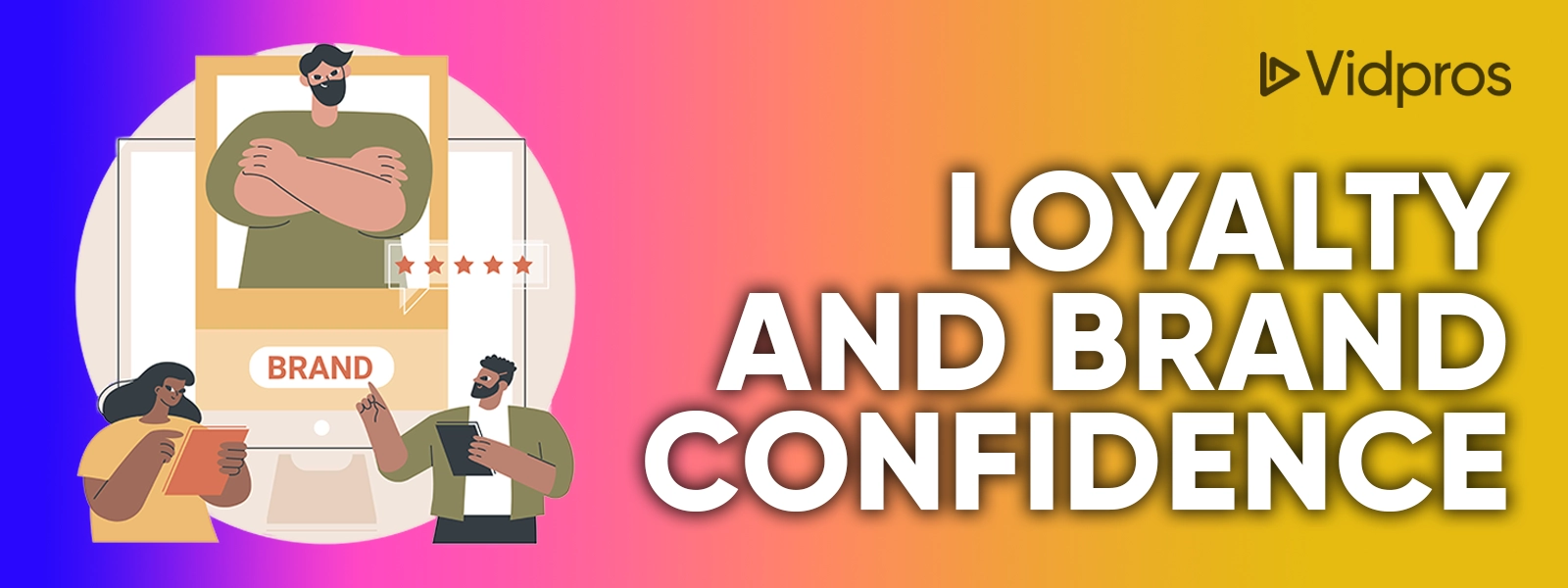It’s easy to claim you have a video marketing plan for your campaigns, but have you ever heard of a marketing funnel and how it can provide you with amazing benefits? It is important to know the different levels of your video marketing efforts, and here’s how you can understand the different stages of the funnel to develop effective marketing strategies.
Businesses not using the power of videos to promote their brands risk getting left behind by their competitors who are doing so.
So, perhaps the question is, “Are you?”
Whether you like it or not, video is booming and dominating the online sphere. If you want your business to compete and succeed, then taking advantage of videos for your content strategy could be the best thing that ever happened to your business.
Why should I go for videos?
Here’s the deal, previously we wrote that no less than 92% of digital marketers will be using videos as a vital component in their digital marketing strategy this year, and more will brands will be shifting towards videos in promoting their brands.
The reasons are simple!
- IT WORKS
- It guarantees a return on investments
- It appeals to the majority of online users
Two of the best content delivery channels for people to watch videos are social media and video-on-demand platforms.
Mind you, the phenomenal figures point straight toward a massive adoption of online videos by users all over the world.
And the influence of videos has gone to higher levels according to Verizon that 69% of viewers watch videos on the go using mobile devices, not in the comfort of their homes or desks at the office.
Also, videos are no longer SOLELY FOR ENTERTAINMENT rather people rely on videos for DIY solutions to everyday or common problems according to Google, which found that one in four people go to online videos to acquire more knowledge or skills.
Here’s more, 90% of shoppers discovered and learned about new products on YouTube.
Strategy: video marketing funnel
So, what is a video marketing funnel? The general theoretical concept is similar to the marketing funnel, except that your video marketing funnel works within your marketing campaign funnel.
The concept of the video marketing funnel visualizes the process of attracting your audience to become leads, educating them about your offerings, then converting them to customers and establishing loyalty to your brand.
However, while the video marketing funnel may be your ideal strategic framework, it is crucial to understand the process and how to make it work.
Make no mistake, a video marketing funnel is powerful enough to amplify your marketing content and message, especially when your videos are accompanied by great-quality sound and visuals.
The step-by-step process of the video marketing funnel
The aim of every video marketing campaign is to attract and engage customers and your funnel will serve to guide them in their journey through your brand as a buyer or a follower.
The funnel literally takes the shape of an inverted triangle and is designed with four stages, with each stage using specific video content.
Let’s try to understand the key stages of the funnel and how it works.
ToFu (Top of Funnel) – Attract or create awareness
This is the stage where a video catches the attention of your audience is critical. The focus of the content is stating a problem or issues that hound consumers or audience with regards to the product or service associated with your brand.
Your aim is to make people aware of such concerns but would move them to find information or ways to determine what could be causing it or factors that affect it.
Key metrics to focus on and measure are the count of views and audience engagement. The more your audience is engaged with your video content, the greater the likelihood of your message reaching out and resonating with the audience.
MoFu (Middle of Funnel) – Agitate and educate
This is the stage where your audience potentially becomes leads, since they are aware they have a problem and it has been defined for them. The funnel starts to become smaller as some of your audience may not relate to the problem or issue, but that’s OK- it’s a natural process.
It is also at this stage where your leads need more information or details on solution options and weighs or compare them with similar brands that offer the same products or services.
Your content focus is to provide more proof to support your products or services.
Metrics to focus on at this stage are click-through rates, referral traffic, social media sharing, email sign-up, downloads and average user engagement, just to name some.
BoFu (Bottom of Funnel) – Outcome-based conversion
This is the stage where video content is focused on converting your audience who are prepared to commit to the brand. This is the stage where the audience or buyer has a good understanding of the problems and is aware that you are offering a solution, but are still weighing their options.
Your goal is to help or convince your audience or buyers by dispelling any doubt and avail of your offered solutions.
Key metrics to consider at this stage are lead generation, sign-up registration, subscription, or sales.
Retention – establish loyalty and brand confidence
This stage involves video content that educates and familiarizes the audience with your products or services, such as instructional, explainer or behind-the-scenes videos.
These videos will help boost the other stages of your funnel and empower your audience to be confident in your brand, avail it, share their experiences with your brand and generate more positive results and outcomes.
Now, let’s move on to the step-by-step process and focus on a video marketing funnel that aims to convert;
Step one: Audit and assess
You begin by conducting an audit of your existing video content and how you can design your funnel. This step is crucial because it will help you understand how your videos have been performing.
It does not have to be a complex audit process, but rather one that will help you have a deeper understanding of which among your videos has been getting the most engagement or reactions, for example.
For first-time content creators, you can do an audit by way of researching your competitors and find out which of their content appeals most to their audience.
Start the process by identifying one of the major challenges that your videos are encountering such as how to attract more people to watch your videos.
Step two: Fill in the gaps
Now that you have identified your pain points or challenges, you design videos that align with your target audience.
Initially, you consider user personas. Understand who they are, find out their challenges, needs, problems or issues.
Next, study your competition. Determine what works for them such as how they develop their content, posting schedules, and delivery styles via social media or their YouTube channels.
This is how you establish an idea on how to develop your own content and use some of those ideas to work for you as well.
Finally, create a plan for your videos such as which types of content to use for each of the funnel stages. A good rule of thumb is a video split of 60% ToFu and 40% MoFu so you can reach out to more viewers.
You can figure out your BoFu content once you start getting traction because by then you will know the direction to take for your audience journeys.
Step three: Creative execution
Start getting very creative and innovative with your video content. The key at this point is to paint and present a clear picture to your audience such as the value they get out of watching your videos.
An effective idea is to present the before and after states of an experience with a product or service. For instance, provide a scenario of the problems or issues that were presented at the ToFu stage, then offer the expected outcomes by using or applying the solutions that you are offering.
Make sure to have an engaging or animated host that will prevent the audience from getting bored. When presenting a live video, be sure to interact with the audience by making them participate in an activity or hold contests or games with prizes to keep them tuned in.
Step four: Repeat and adjust, if needed.
Finally, make an assessment of your videos and see how they performed by measuring the key metrics that were mentioned above.
Strengthen the elements that work and find ways to adjust those that need improvement, so you can perform better and maximize the benefits that your video marketing funnel for the growth and success of your business.
Call to action: Do you want to get started with your video marketing funnel? We can help you with your video content. So, call us today!
Want to know more? Call us for a consultation to discuss your project details and see how we can help.
Table of Contents
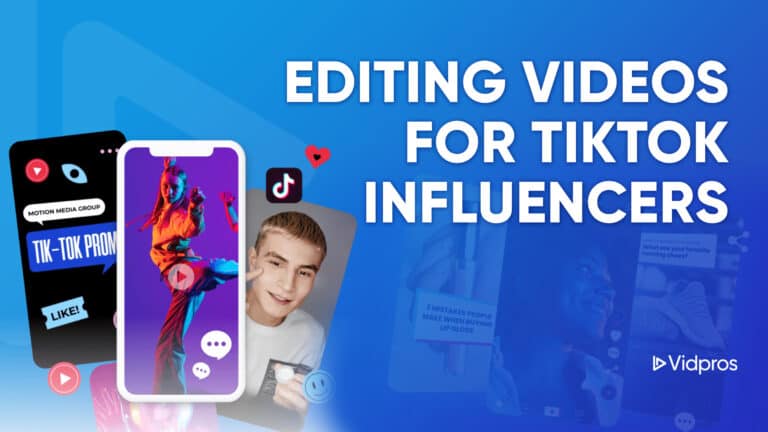
Editing Videos for TikTok Influencers
For TikTok influencers, editing videos is the most important step in the process. Maintaining consistency is key for an influencer to rise through the ranks
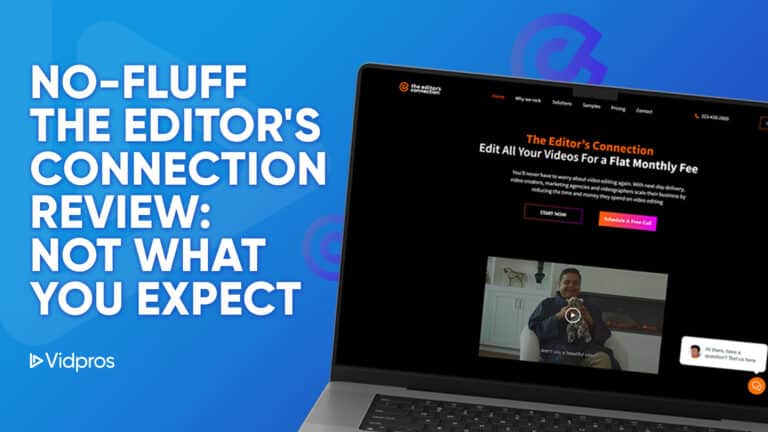
The Editor’s Connection Review: Not Your Polished Pitch
https://youtu.be/YgCENxVfUVQ?feature=shared The Editor’s Connection offers unlimited video editing assistance with quality work. However, they need more personal touch and help with complex projects. Vidpros stands
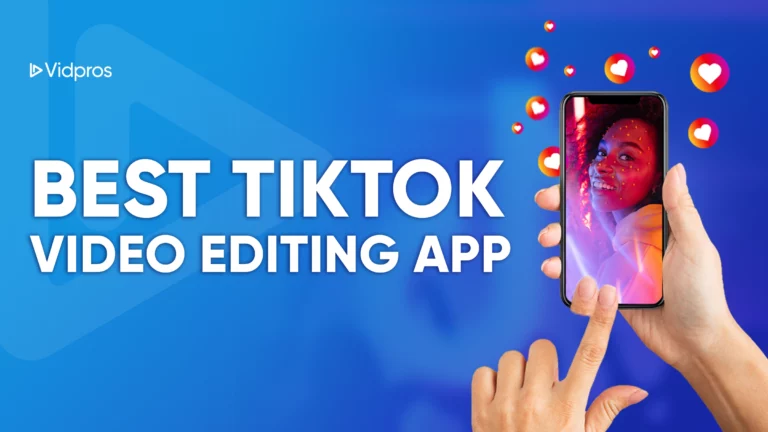
Best TikTok Video Editing App
Which TikTok video editing app is the best depends on the creator’s goals, but a few stand out from the crowd. Apps like CapCut, Apple’s
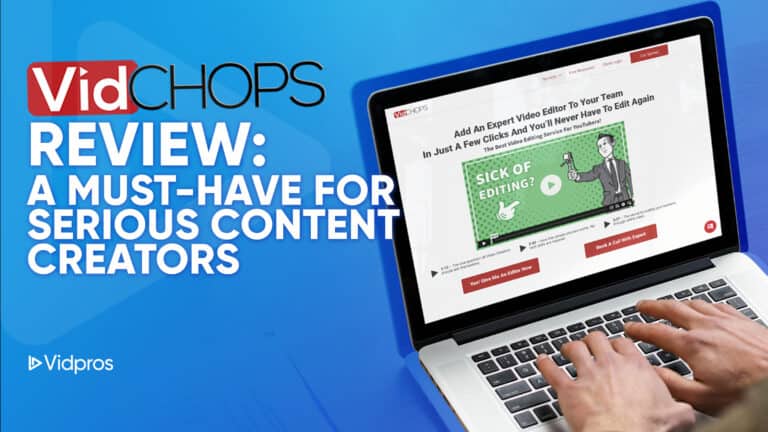
The Candid Vidchops Review Every Content Creator Needs
https://youtu.be/-Iog_DWGgRs?feature=shared Vidchops provides a user-friendly unlimited video editing service with fast turnaround and dedicated editors. However, there are some concerns about quality control and pricing

